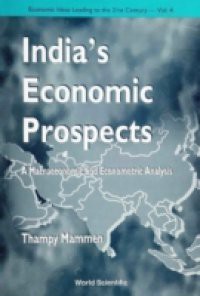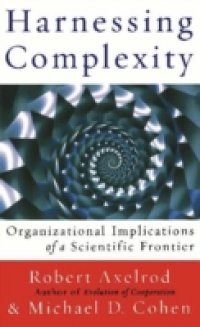This book provides a macroeconomic analysis of the Indian economy. It is a long-run study that spans the period from 1950–51 to 1992–93, encompassing the various turning points in India's economic policy and development strategies. The macroeconometric model used in the book integrates the monetary and real sectors of the economy. In order to provide theoretical underpinnings for the model, the book traces the development of macroeconomic theory including Keynesian, structuralist, and supply-side economics. The model explains the public sector's current and capital expenditures, rather than treating them as exogenous variables. A sub-recursive system of prices is formulated in terms of unit cost based on the flow of factor income generated in the process of production, monetary variable, and agriculture supply factors.The model analyzes and evaluates policy changes in India, particularly since 1984. It is used to derive the appropriate mix of fiscal, monetary, and trade policies needed to generate significant economic growth in 1997–2000 in a non-inflationary environment. While fiscal and monetary discipline is vital in this regard, public-sector investment plays an important role in capital formation and economic growth.Contents:Evolution of Economic Policy Since IndependenceAn Overview of Macroeconomic TheoryIndia's Private SectorPublic SectorForeign SectorSupply and Demand for MoneyPrice Formation and Completion of the ModelModel of the Indian Economy, 1950–51 and 1992–93Analysis and ConclusionSumming UpReadership: Students, researchers, economists, bankers, and policy makers interested in the economy of India.Key Features:No other environmental book conveys the recent developments in London, or attempts to relate them to the environmental and general history of the cityThis book will be useful in the academic world for students and lectures and it will also be useful for local and national government and politics having to make decisions about sustainable development and the environmentThe unique overview provided here should also be useful to consultants, businesses and lawyers working on urban environmental/sustainability issues


















